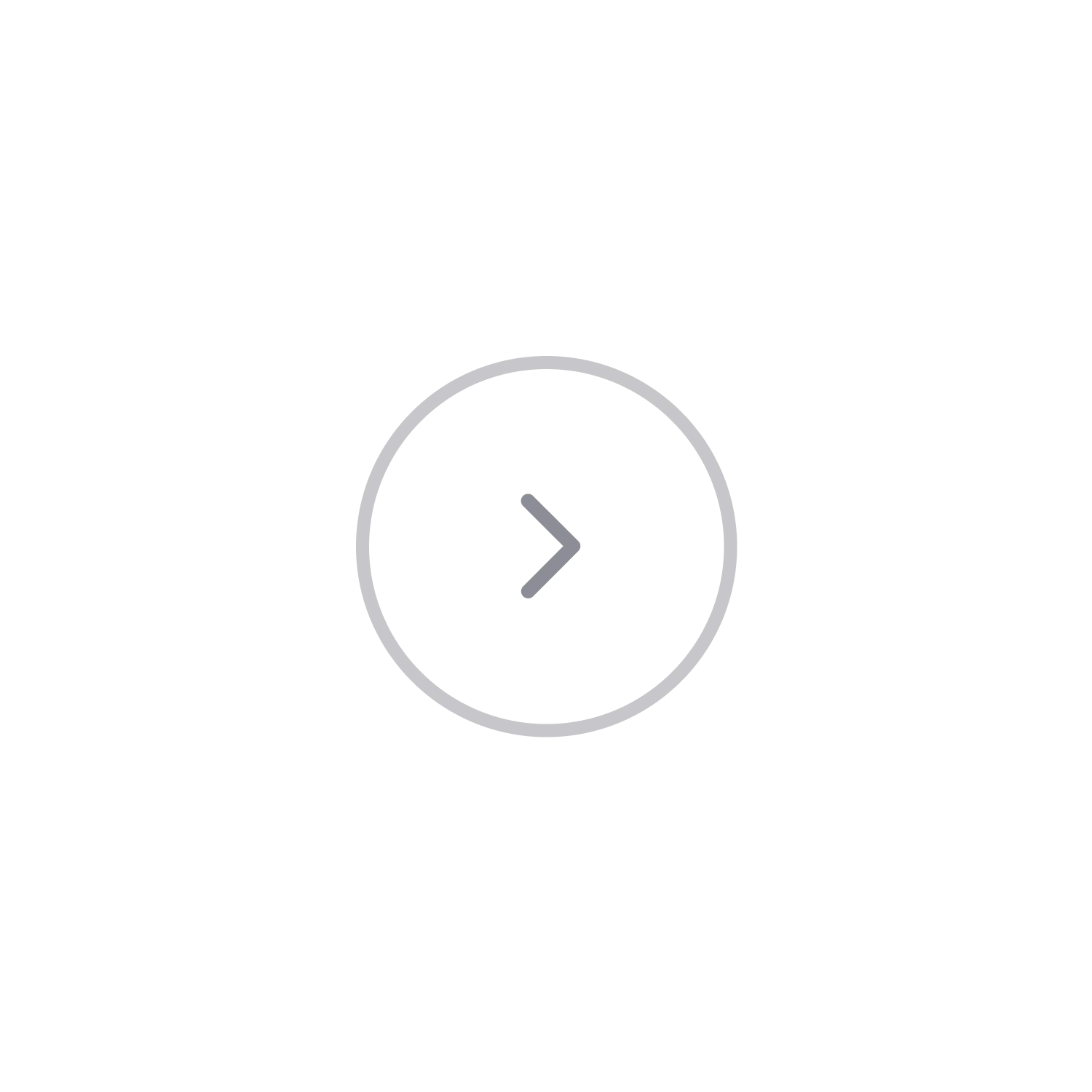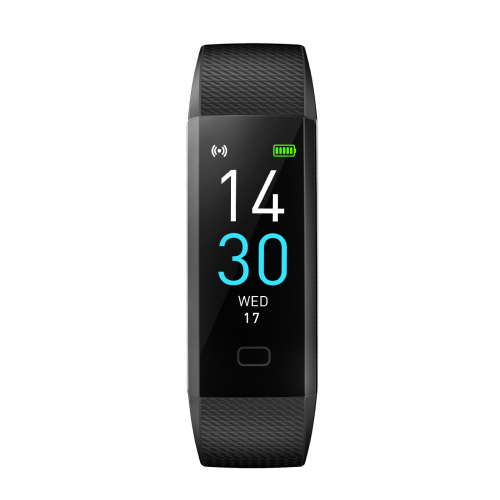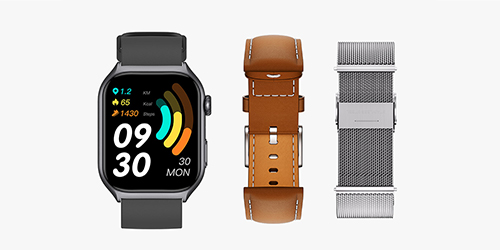Hula hooping, often associated with childhood play, has evolved into a dynamic and effective workout for adults. This exercise involves twirling a plastic hoop around your waist, limbs, or neck by swiveling your hips or other body parts. The name “hula hoop” is inspired by the Hawaiian hula dance, which uses similar hip movements.
This activity is great for improving coordination, building muscles, and boosting cardiovascular health. Modern hula hoops are made of plastic and come in different sizes and weights to match various fitness levels, so whether you’re a beginner or an expert, you can find one that fits you best.
Is Hula Hoop a Good Exercise?
Yes. Hula hooping is a full-body workout that can help you achieve your fitness goals. The constant motion required to keep the hoop spinning engages multiple muscle groups and gets your heart rate up, making it an effective cardiovascular workout.
Plus, the sheer enjoyment of hula hooping can make your workout feel less like a chore and more like a fun activity, increasing your motivation to stay active. Here are reasons why you should consider adding hula hooping to your exercise routine:
- Calorie Burning: Hula hooping can burn a substantial number of calories—about 165 calories for women and 200 calories for men in a 30-minute session. This makes it a great way to shed some extra pounds.
- Cardiovascular Health: The continuous movement required to keep the hoop spinning increases your heart rate, enhancing your cardiovascular health and endurance.
- Core Strength: Keeping the hoop spinning around your waist engages your core muscles, helping to build and strengthen your abs, obliques, lower back, and hips.
- Balance and Coordination: Regular hula hooping can enhance your balance and coordination, improving your overall body awareness and stability, which are crucial for overall fitness and daily activities.
- Enjoyable Workout: The playful nature of hula hooping makes it a fun way to stay active. Having fun while working out can help you stay motivated and consistent with your fitness routine.
- Low Impact: Hula hooping is easy on your joints, making it great for all fitness levels. It’s a fun way to improve your fitness gradually without too much strain.
- Suitability: Ideal for beginners, especially those looking for something light-hearted. Also suitable for experts, who can use weighted hula hoops for a more intense workout or target different body parts for more focused training.
Getting Started with Hula Hooping
To get started, you can use a regular or weighted hula hoop. Begin with short sessions and gradually increase the duration as you become more comfortable.
If you’re new to hula hooping, here are some tips to help you get started:
1. Choose the Right Hoop
Beginners should typically choose a hoop with a larger diameter, as it spins more slowly and is easier to control. You can choose a hoop that reaches your waist when standing upright. As you improve, you can switch to a hoop with a smaller diameter; weighted hoops are also available, which can provide additional resistance for a more intense workout.
2. Find Your Space
Make sure you have enough space to move freely without knocking over furniture or hitting walls. A clear, open area in your home or backyard is ideal for hula hooping.
3. Warm Up
Before starting any exercise, warming up is essential. Spend 5-10 minutes doing light cardio exercises like jogging in place or jumping jacks, to get your blood flowing and muscles ready.
4. Master the Basic Technique
To keep the hoop spinning around your waist, stand with your feet apart and one foot a bit forward. Hold the hoop at your lower back, give it a firm push, and start moving your hips in circles. The key is to find a rhythm and keep a steady pace.
5. Practice Regularly
Like any new skill, hula hooping takes practice. Start with short sessions of 5-10 minutes and gradually increase the duration as you become more comfortable. Consistency is key to improving your technique and building endurance.
6. Incorporate Variations
After you get good at waist hooping, you can try new moves to make your workouts fun. You can try spinning the hoop around your arms, legs and neck, or add dance steps or spin the hoop in different directions.
Safety Tips
While hula hooping is generally safe, it’s essential to keep a few safety tips in mind:
- Listen to Your Body: Stop if you feel any pain or discomfort.
- Avoid Overexertion: Gradually increase workout intensity.
- Stay Hydrated: Drink plenty of water before, during, and after your workout.






















